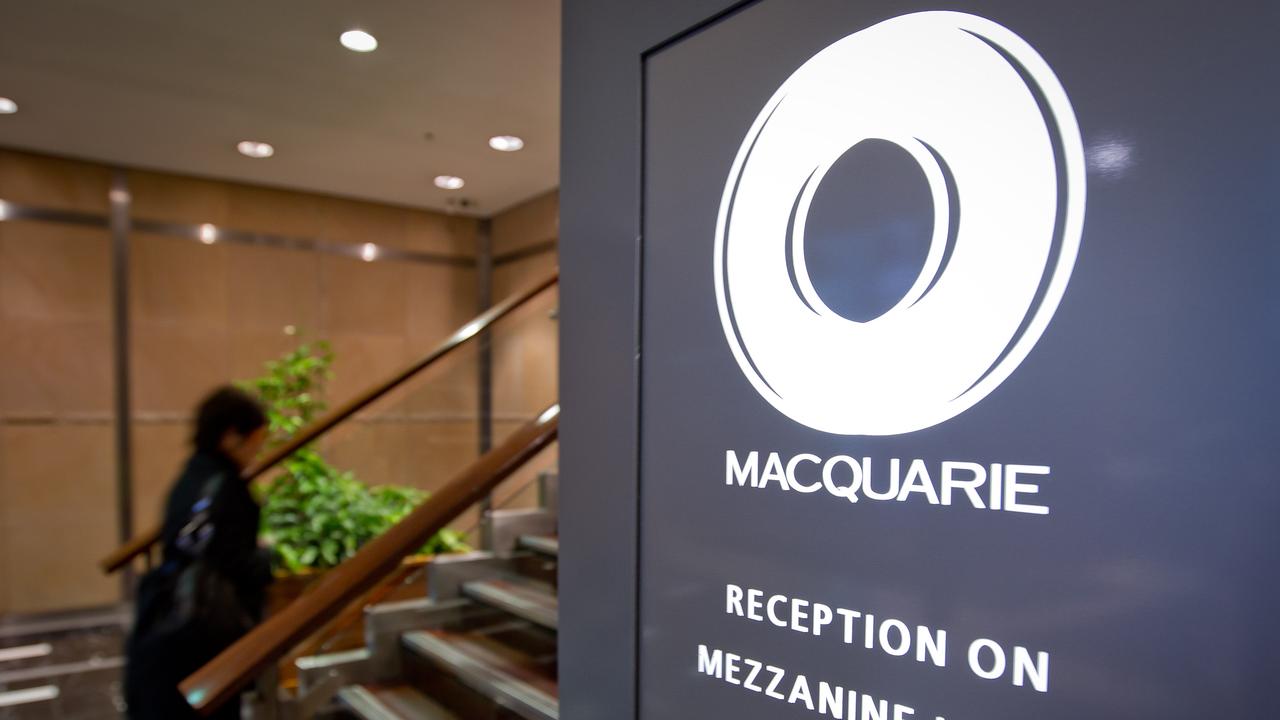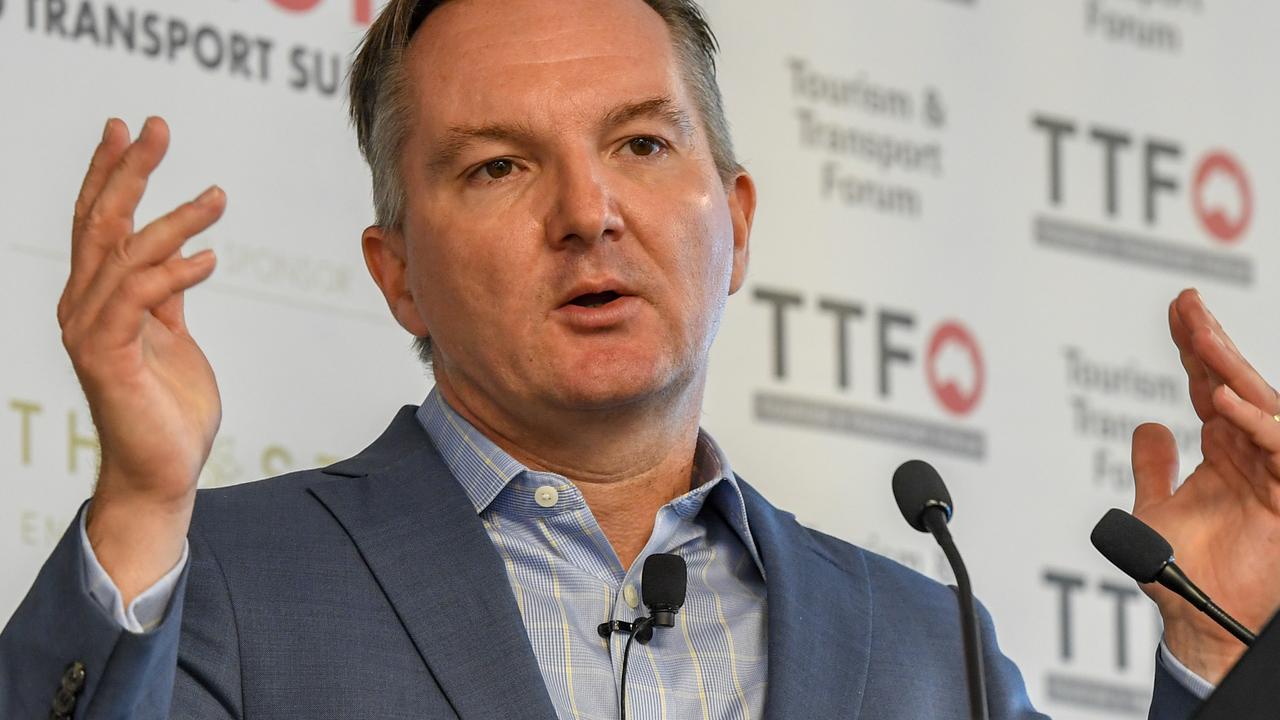AS we start the next round of superannuation debate, we are still hindered by the elaborate hoax Treasury played on Australian politicians and the public by giving out false costs on superannuation.
The original 2013 Treasury figure estimating the cost of superannuation at $32 billion is simply wrong. After a long time Treasury is now finally admitting its “mistake” but every time a journalist, analyst or politician uses the $32bn cost figure you know that they have not done their homework and are merely perpetuating the Treasury hoax. What the journalist, analyst or politician then say after being duped by Treasury should be heavily discounted.
The real cost of superannuation is a small fraction of $32bn. I will detail below how the hoax worked. What’s most important for today’s issues is to look at how the hoax was used to change the debate and also to start the process of having a debate with the false costing figures removed. We need to go outside Treasury and get accurate figures on the real cost of superannuation.
To understand why Treasury concocted the $32bn false figure we must go back in history. The false figures were first used to try and convince the former Labor government and its treasurer Wayne Swan and assistant treasurer Bill Shorten to tax superannuation funds in pension mode.
At the time, two years ago, with the help of Duncan Fairweather and Malcolm Clyde of the SMSF Owners’ Alliance I was able show that the $32bn figure was completely false. To the great credit of Messrs Swan and Shorten, they were not fooled by Treasury. Shorten used some of my calculations to introduce a 15 per cent tax on superannuation fund pension mode income of over $100,000. The plan had problems that needed to be sorted out but Parliament rose for the election before legislation was passed.
Then came the Abbott government and Treasury changed the way it presented the false calculations but still did not admit its error and made it easy for people to keep perpetuating the $32bn hoax.
Arthur Sinodinos was the new assistant treasurer and had the task of tidying up the earlier ALP-Shorten pension-mode tax proposal.
Sinodinos’s banking mates told him that calculating superannuation income in pension mode using a $100,000 cut-off point was a nightmare for their systems. (It was easy for self-managed funds that dominate superannuation in pension mode).
Rather than make the necessary simplifying amendments to the Shorten plan, Sinodinos dropped it and went back to tax-free funds in pension mode and in the process set the stage for the current debate about superannuation. And the debate is still dominated by the false $32bn costing.
Rob Heferen, executive director of Treasury’s Revenue Group, using guarded language, admitted last month to an SMSF conference that the $32bn figure was wrong.
Few people picked it up.
The correction should be on the first line of every Treasury statement on superannuation. Treasury hated Paul Keating’s superannuation revolution and has traditionally tried to oppose it. But no one believed they could stoop as low as they did.
To explain how the false figures were concocted I go back to my earlier commentaries — references are below. The $32bn “cost” figure was reached by adding two theoretical calculations that Treasury researchers in 2013 said must never be added.
SUM ONE: A person putting, say, $100 into superannuation is taxed at 15 per cent so has $85 to invest. If all the superannuation contribution is taxed at the highest marginal income tax rate then clearly the difference between the two tax rates is a theoretical cost of superannuation contributions. Given that we are adding additional personal income, the income tax rate will be at a person’s top marginal rate. Treasury made a calculation, which was no doubt mathematically correct but there is no way people would allow their highest taxed income to go into superannuation.
SUM TWO: Treasury looked at the tax levied on superannuation income and increased the tax on that income to the marginal rate to get a second cost. They “forgot” that the superannuation income was reduced significantly by the extra tax on the contributions. In fairness, anyone reading the two calculations in February 2013 was warned NOT to add the sums but course Treasury ignored their own researcher’s instruction and highlighted $32bn “cost” figure. It was blatant error which should have been immediately corrected. The fact that it was not corrected until two years later allows me to justifiably call it a hoax.
Not only was Treasury mathematically wrong in adding the 2013 sums but they used a highly optimistic earning rate of 7 per cent over 35 years to artificially boost the income lost in the concession and “forgot” to deduct the reduction in the pension bill that superannuation delivers.
(Try using that 7 per cent figure on superannuation pension funds investing at 3.2 per cent in five year-term deposits).
A year later in 2014 Treasury trotted out the same two dubious sums but this time did not add them. But all the ill-informed journalists, superannuation analysts and politicians continued to add them because there was no warning not to. The Treasury hoax continued and is still working.
Here are my earlier commentaries: How Treasury mucked up its super sums, February 8, 2013, and Has Treasury mucked up its super sums, again? February 10, 2014.




To join the conversation, please log in. Don't have an account? Register
Join the conversation, you are commenting as Logout